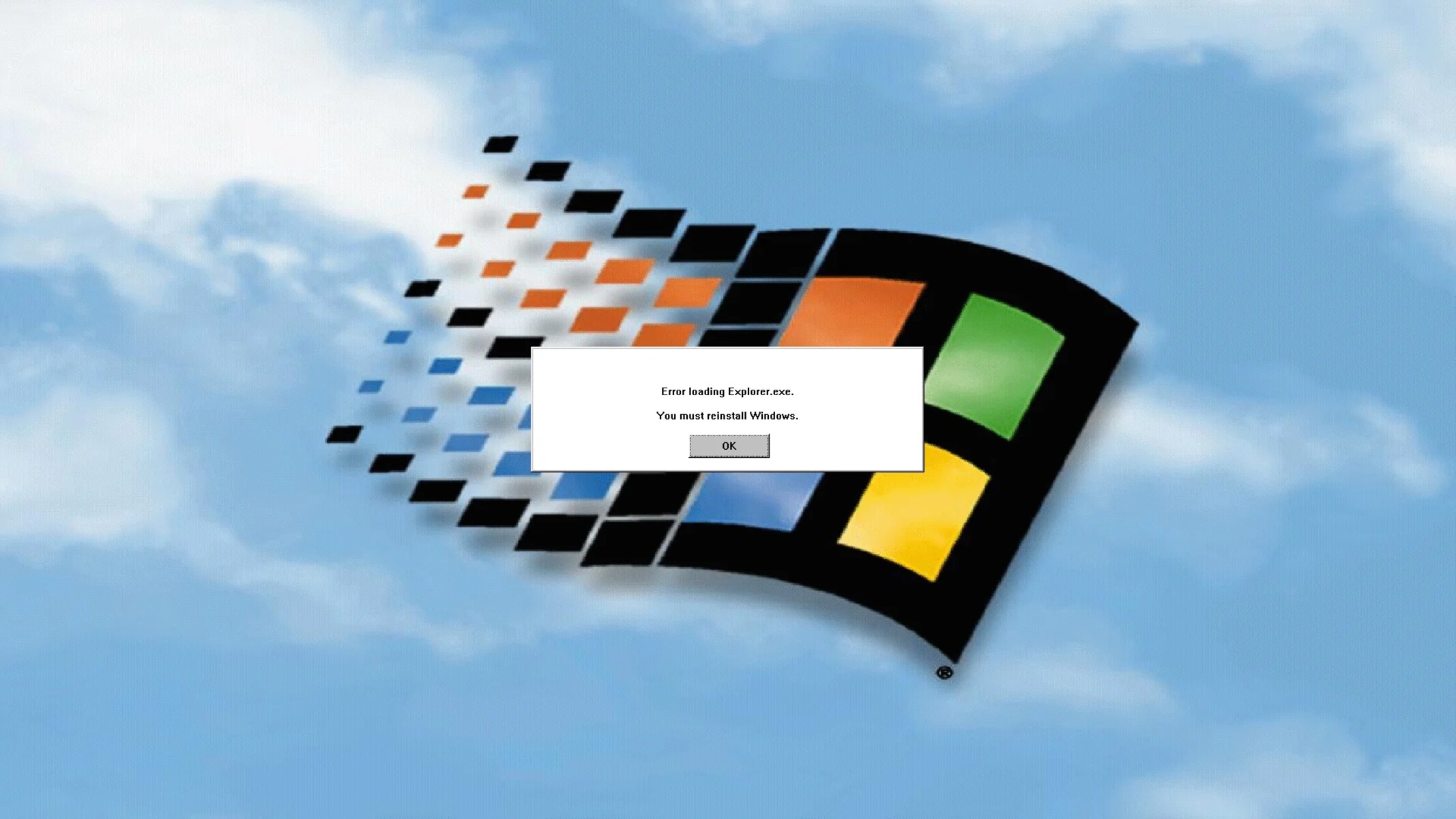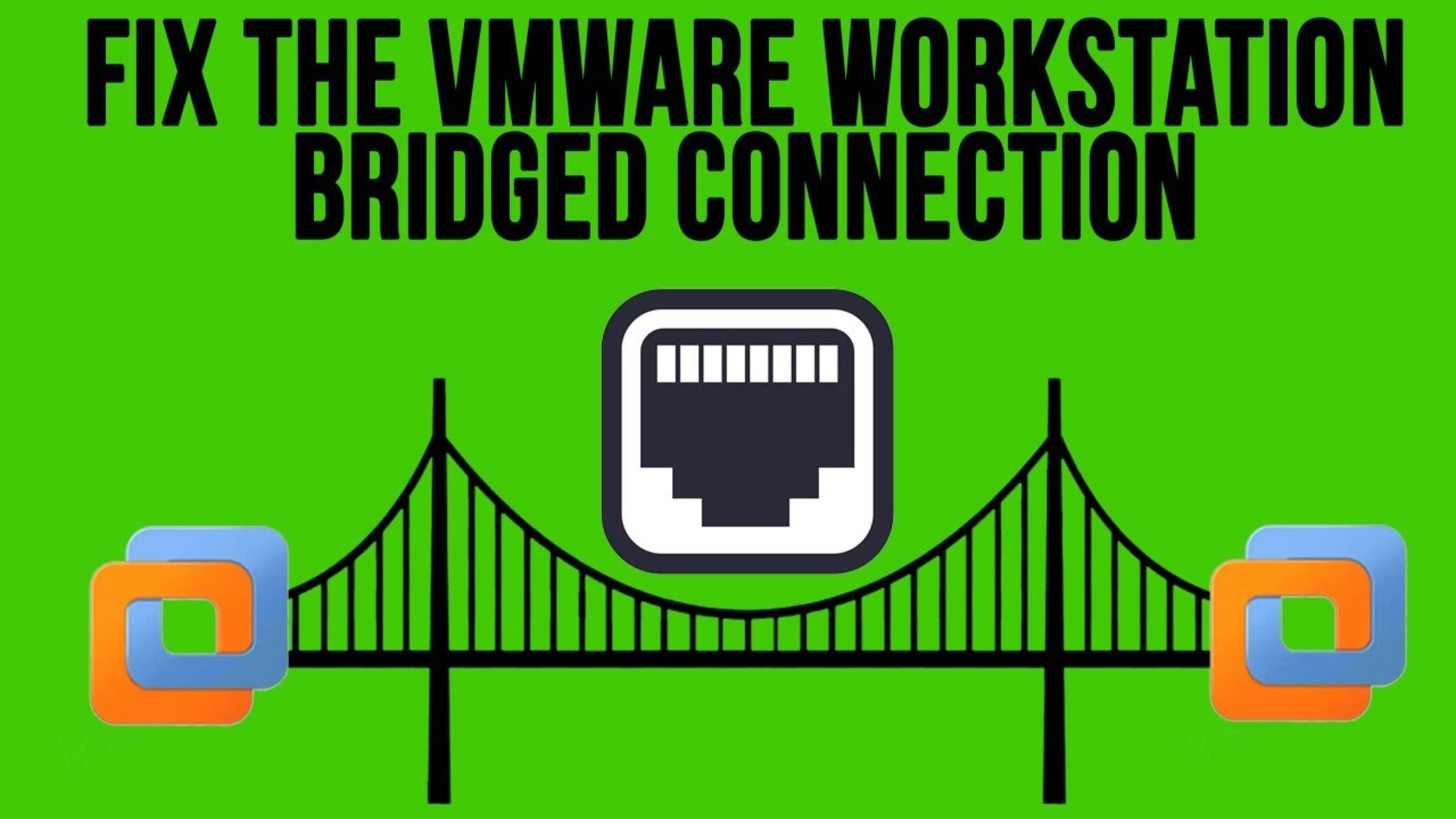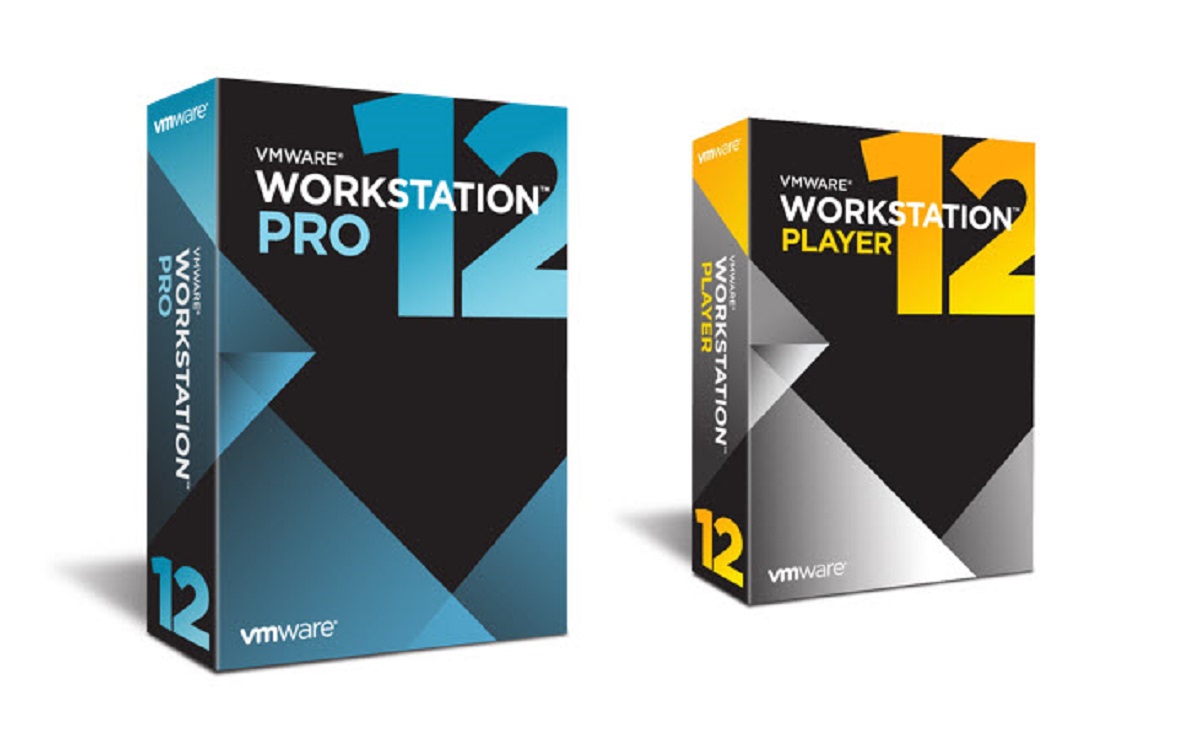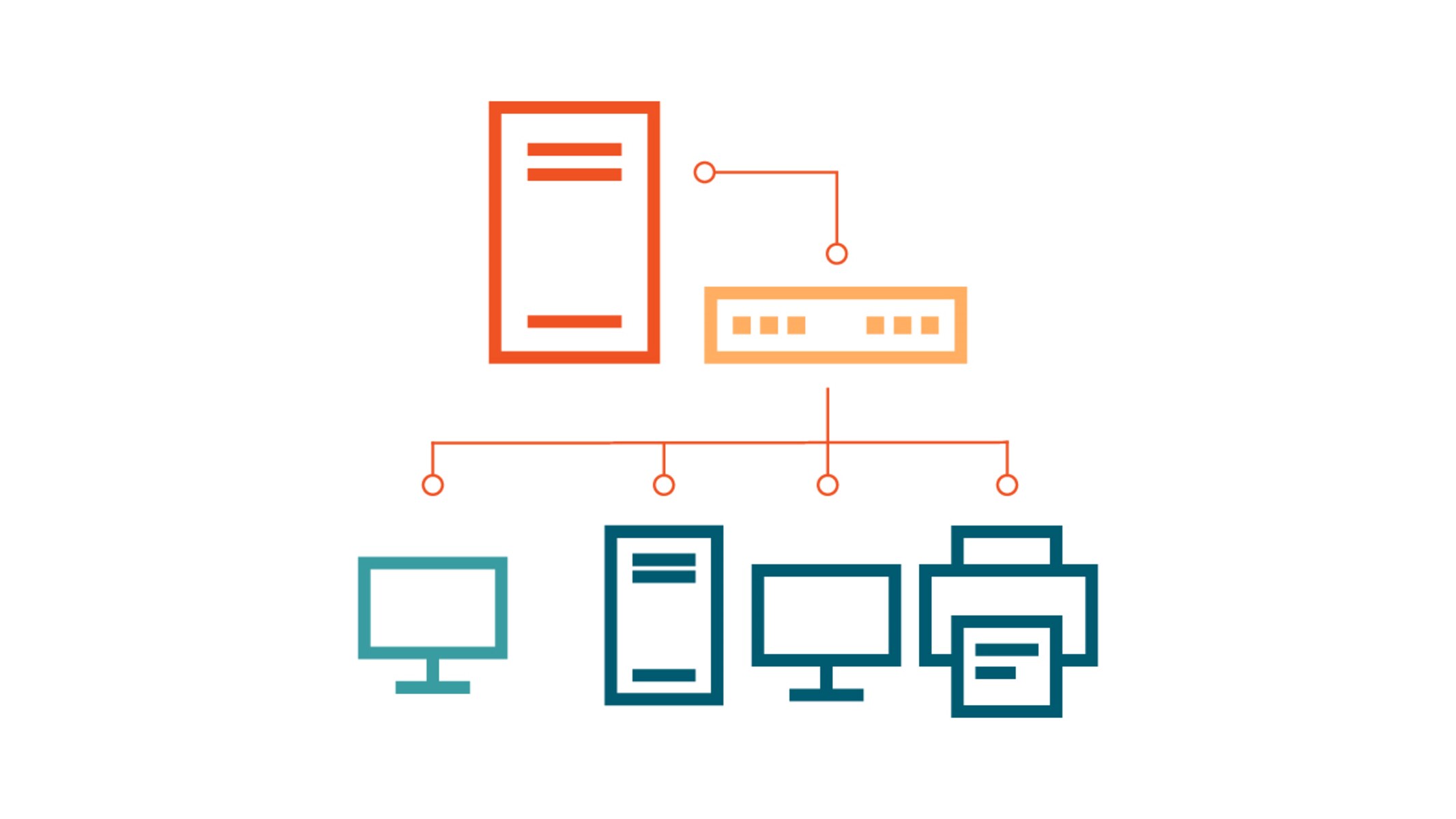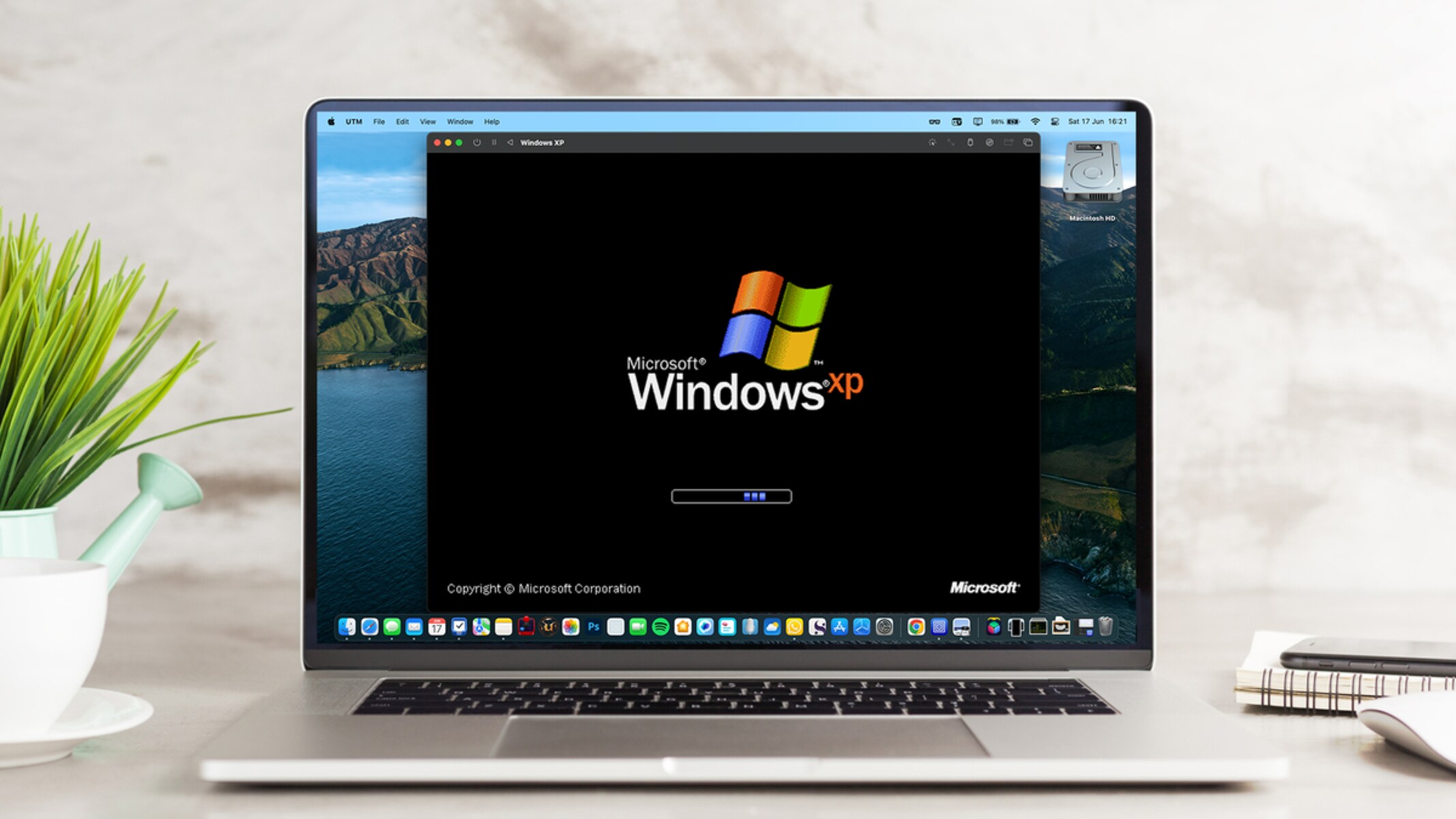Introduction
Welcome to this step-by-step guide on how to install Windows 98 on VMware Workstation 15. While Windows 98 is considered an outdated operating system, there may be instances where you need to run it for compatibility or nostalgic purposes. VMware Workstation 15 provides a virtual environment that allows you to run multiple operating systems on a single machine, making it the perfect solution for installing and running Windows 98.
Before diving into the installation process, it’s essential to have a basic understanding of VMware Workstation 15 and the requirements for running Windows 98. This guide will walk you through the necessary steps to download the Windows 98 ISO file, configure VMware Workstation 15, create a new virtual machine, install Windows 98, configure the operating system, and finally, install VMware Tools for optimal performance.
Whether you’re a software developer, a tech enthusiast, or someone who simply wants to relive the Windows 98 experience, this guide will provide you with all the information you need to successfully install Windows 98 on VMware Workstation 15.
Prerequisites
Before proceeding with the installation of Windows 98 on VMware Workstation 15, ensure that you have the following prerequisites:
- An up-to-date version of VMware Workstation 15 installed on your computer. You can download it from the official VMware website and follow the installation instructions provided.
- A Windows 98 ISO file. This can be obtained from a legal and trustworthy source. Make sure you have the correct version and a valid license key if required.
- Adequate system resources. Running Windows 98 on VMware Workstation 15 will require a certain amount of CPU, RAM, and storage. Ensure that your computer meets or exceeds the minimum system requirements specified by VMware.
- Enough disk space to store the virtual machine files and the Windows 98 installation files. Windows 98 doesn’t require a large amount of disk space, but you should allocate enough to avoid any issues during the installation process.
- A stable internet connection. This is necessary for downloading the VMware Workstation 15 software if you haven’t already installed it, as well as any updates or additional software that may be required during the installation process.
It’s important to note that installing and running Windows 98 on VMware Workstation 15 is only recommended for experimental or legacy purposes. Windows 98 is an outdated operating system, and it may not be compatible with modern software and hardware. Additionally, Microsoft no longer provides official support for Windows 98, which means you may encounter compatibility issues and security vulnerabilities.
Step 1: Downloading Windows 98 ISO
The first step in installing Windows 98 on VMware Workstation 15 is to download the Windows 98 ISO file. The ISO file contains the installation files for Windows 98, allowing you to create a virtual machine and install the operating system. Here’s how to download the Windows 98 ISO:
- Search for a trusted source to download the Windows 98 ISO file. It is important to ensure that the source is reliable and provides genuine Windows 98 installation files. Be cautious of downloading from unauthorized or dubious websites, as they may contain malware or modified versions of the operating system.
- Once you have found a trustworthy source, navigate to the website and look for the download link for the Windows 98 ISO file.
- Click on the download link to initiate the download process. Depending on your internet connection speed, the file may take a few minutes to download.
- After the download is complete, verify the integrity of the ISO file by checking its checksum. This is a security measure that ensures the file hasn’t been tampered with. Comparing the checksum against the one provided by the source can help ensure the file’s authenticity.
- Save the Windows 98 ISO file to a location on your computer where you can easily access it during the installation process.
Once you have successfully downloaded the Windows 98 ISO file, you are ready to proceed to the next step: configuring VMware Workstation 15. It is important to have the ISO file readily available for the installation process, so keep it in a safe and accessible location on your computer.
Step 2: Configuring VMware Workstation 15
Before you can start installing Windows 98 on VMware Workstation 15, you need to configure the virtual machine settings. VMware Workstation provides a variety of options that allow you to customize the virtual machine’s hardware and software settings to match your requirements. Here’s how to configure VMware Workstation 15:
- Launch VMware Workstation 15 on your computer. If you haven’t installed it yet, you can download it from the official VMware website and follow the installation instructions provided.
- Click on “File” in the menu bar and select “New Virtual Machine…” to create a new virtual machine.
- In the New Virtual Machine Wizard window, select “Typical” and click “Next” to proceed with the default settings. Alternatively, you can choose “Custom” for more advanced configuration options.
- Select “Installer disc image file (iso)” and click “Browse” to locate the Windows 98 ISO file that you downloaded in Step 1. Once you have selected the ISO file, click “Next” to continue.
- Enter a name for your virtual machine and choose a location to store the virtual machine files. It is recommended to use a descriptive name that indicates it is for Windows 98. Select an appropriate location on your computer and click “Next” to proceed.
- Specify the disk capacity for the virtual machine. Allocating sufficient space is important to ensure smooth installation and operation of Windows 98. Adjust the disk size according to your needs and click “Next” to continue.
- Review the summary of the virtual machine settings and click “Finish” to create the virtual machine.
Once you have completed these steps, VMware Workstation 15 will be configured with the necessary settings to proceed with the installation of Windows 98 in the next step.
Step 3: Creating a New Virtual Machine
Now that VMware Workstation 15 is configured, it’s time to create a new virtual machine for Windows 98. This virtual machine will serve as the platform on which you will install and run the operating system. Follow the steps below to create a new virtual machine:
- Open VMware Workstation 15 on your computer if it isn’t already open.
- Click on “File” in the menu bar and select “New Virtual Machine…” to start the New Virtual Machine Wizard.
- In the wizard, choose “Custom” configuration option and click “Next” to continue.
- Select “Workstation 15.x” as the virtual machine hardware compatibility and click “Next” to proceed.
- Choose “I will install the operating system later” and click “Next” as you will be installing Windows 98 manually.
- Select “Microsoft Windows” as the guest operating system and choose the appropriate version for Windows 98 (e.g., “Windows 98” or “Windows 98 SE”).
- Specify a name for the virtual machine and choose a location to save the virtual machine files.
- Specify the disk size for the virtual machine. It is recommended to allocate enough space for the operating system and any additional software or files you plan to install.
- Review the settings summary and click “Finish” to create the new virtual machine.
Once you have completed these steps, the new virtual machine for Windows 98 will be created in VMware Workstation 15. In the next step, you will proceed with the installation of Windows 98 on the virtual machine.
Step 4: Installing Windows 98
Now that you have the virtual machine prepared, it’s time to install Windows 98. Follow these steps to install the operating system:
- Start VMware Workstation 15 and select the Windows 98 virtual machine you created in the previous step.
- Click on “Play virtual machine” to power on the virtual machine.
- In the VMware BIOS screen, you may need to press a key (e.g., Esc, F2, or F12) to access the boot menu. Consult VMware documentation for specific instructions for your version.
- From the boot menu, select the CD/DVD drive as the boot device. This will allow the virtual machine to boot from the Windows 98 ISO file.
- Press any key to start the Windows 98 installation process when prompted.
- Follow the on-screen prompts and instructions provided by the Windows 98 setup program.
- When prompted to choose the installation location, select the appropriate virtual hard disk associated with the virtual machine.
- Continue with the installation process, providing any required information such as the product key and user account details.
- After the installation is complete, restart the virtual machine to complete the installation process.
Throughout the installation process, Windows 98 will guide you through various configuration steps such as setting up the date, time, and language preferences. Follow these instructions accordingly to complete the installation successfully.
Once the virtual machine reboots, Windows 98 will start up, and you will be ready to proceed to the next step: configuring Windows 98 to ensure optimal performance and usability.
Step 5: Configuring Windows 98
After installing Windows 98 on the virtual machine, the next step is to configure the operating system to ensure it runs smoothly and meets your requirements. Follow these steps to configure Windows 98:
- Once Windows 98 has booted up, you may be prompted to enter additional information such as the computer name and network settings. Provide the necessary details as required.
- Ensure that the virtual machine is connected to the internet. This will allow you to download updates and install additional software if needed.
- Open the Control Panel by clicking on the Start menu and selecting “Settings”, then “Control Panel”. Here, you can customize various settings such as display resolution, sound, mouse, and keyboard options.
- Install any necessary device drivers. Windows 98 may not automatically detect and install drivers for certain hardware components. Consult the documentation of your virtual machine software or the manufacturer’s website for instructions on installing drivers for your specific environment.
- Update the operating system. Although Windows 98 is no longer supported by Microsoft, you can still find unofficial updates and patches online. These updates can help improve system stability and security.
- Configure antivirus software. As Windows 98 is an outdated operating system, it is vulnerable to various security threats. Install and update a reliable antivirus software to protect your virtual machine from malware.
- Customize the appearance and personalization options to your liking. This includes setting the desktop background, screen saver, and other visual settings.
- Set up any additional software or applications that you wish to use on the Windows 98 virtual machine. Make sure these programs are compatible with Windows 98 and meet the system requirements.
By following these steps, you can configure Windows 98 to create a functional and customized virtual machine environment that suits your needs.
Step 6: Installing VMware Tools
After configuring Windows 98 on the virtual machine, the final step is to install VMware Tools. VMware Tools enhances the performance and functionality of the virtual machine, providing better integration between the guest operating system, Windows 98, and the host system, VMware Workstation 15. Here’s how to install VMware Tools:
- Start the Windows 98 virtual machine in VMware Workstation 15 if it isn’t already running.
- In the VMware Workstation menu, click on “Player” or “VM” (depending on your version) and select “Install VMware Tools”.
- A dialog box will appear in the virtual machine, prompting you to install VMware Tools. Click on “OK” to continue.
- An autorun menu will appear in the virtual machine. Click on the option to install or run VMware Tools.
- The VMware Tools installation wizard will launch. Follow the on-screen prompts and instructions to complete the installation process.
- After the installation is complete, restart the virtual machine to apply the changes.
- Once Windows 98 has booted up again, VMware Tools will be fully installed and operational.
- With VMware Tools installed, you can take advantage of features such as improved display resolution, shared folders, better mouse integration, and seamless drag-and-drop functionality between the guest and host systems.
It is important to note that VMware Tools specific to Windows 98 may not be available in the latest versions of VMware Workstation. In such cases, you can try using older versions of VMware Workstation or explore alternative methods for enhancing the virtual machine’s performance.
Congratulations! You have successfully completed the installation and configuration of Windows 98 on VMware Workstation 15, along with the installation of VMware Tools. You can now start utilizing your Windows 98 virtual machine for various purposes, whether it be for compatibility testing, legacy software usage, or nostalgic exploration.
Conclusion
Installing Windows 98 on VMware Workstation 15 provides a convenient way to run this legacy operating system on modern hardware. By following the steps outlined in this guide, you can set up a virtual machine with Windows 98 and enjoy the experience of using an older operating system.
It is important to keep in mind that Windows 98 is no longer supported by Microsoft, and using it as a daily operating system may pose security risks. Therefore, it is recommended to use Windows 98 on VMware Workstation 15 for experimental, compatibility testing, or nostalgic purposes only.
During the installation process, pay attention to the configuration of VMware Workstation 15, as well as the steps for downloading the Windows 98 ISO file. Ensure that you have met all the prerequisites and have a reliable source for the ISO file to ensure a successful installation.
Once Windows 98 is installed, take the time to configure the operating system and install any necessary drivers or software. This will ensure that Windows 98 runs smoothly and meets your specific requirements.
Lastly, don’t forget to install VMware Tools, as this will greatly enhance the virtual machine’s performance and integration with the host system. VMware Tools provide features that improve display resolution, mouse integration, and file sharing between the guest and host systems.
By following this step-by-step guide, you can successfully install Windows 98 on VMware Workstation 15 and relive the experience of using this iconic operating system on modern hardware. Enjoy exploring the nostalgic world of Windows 98!







